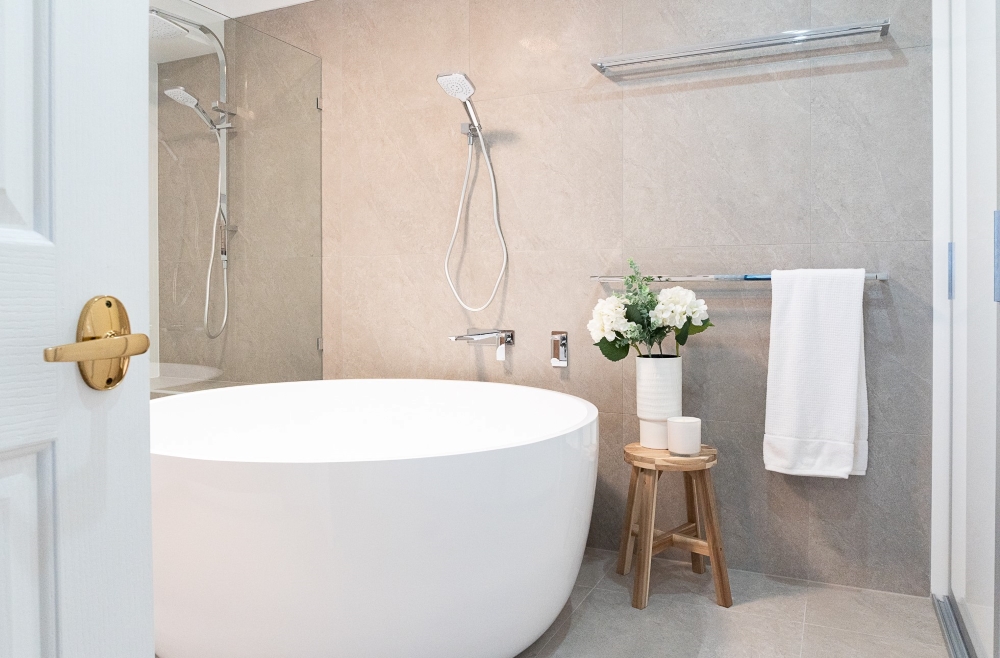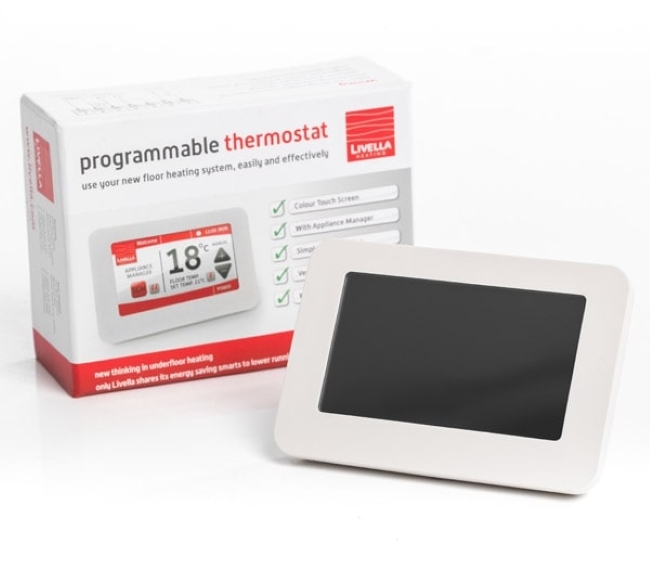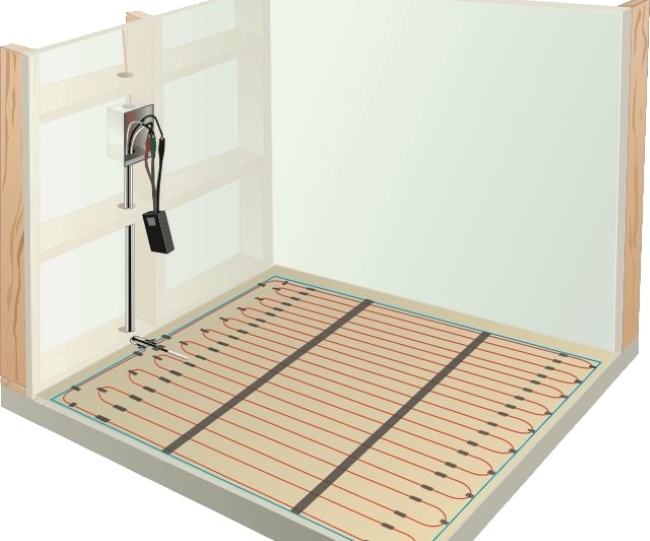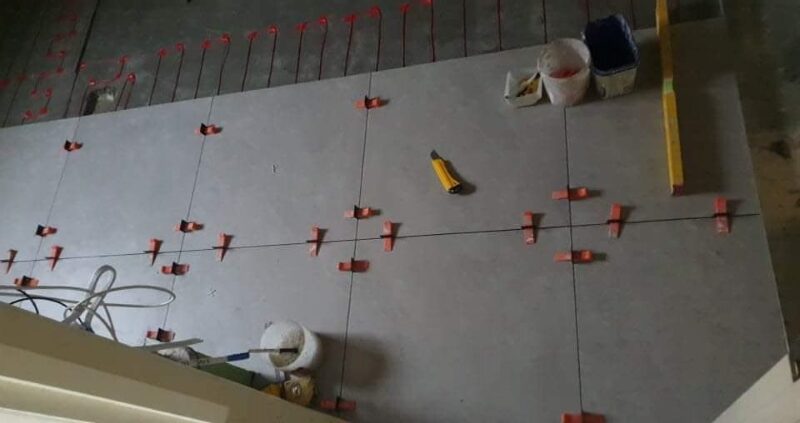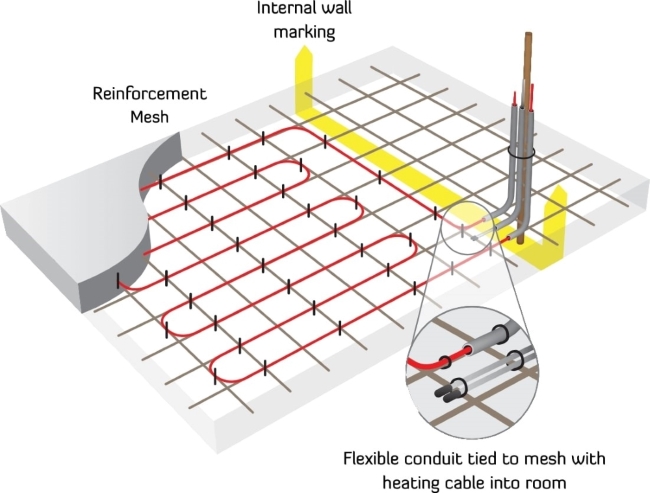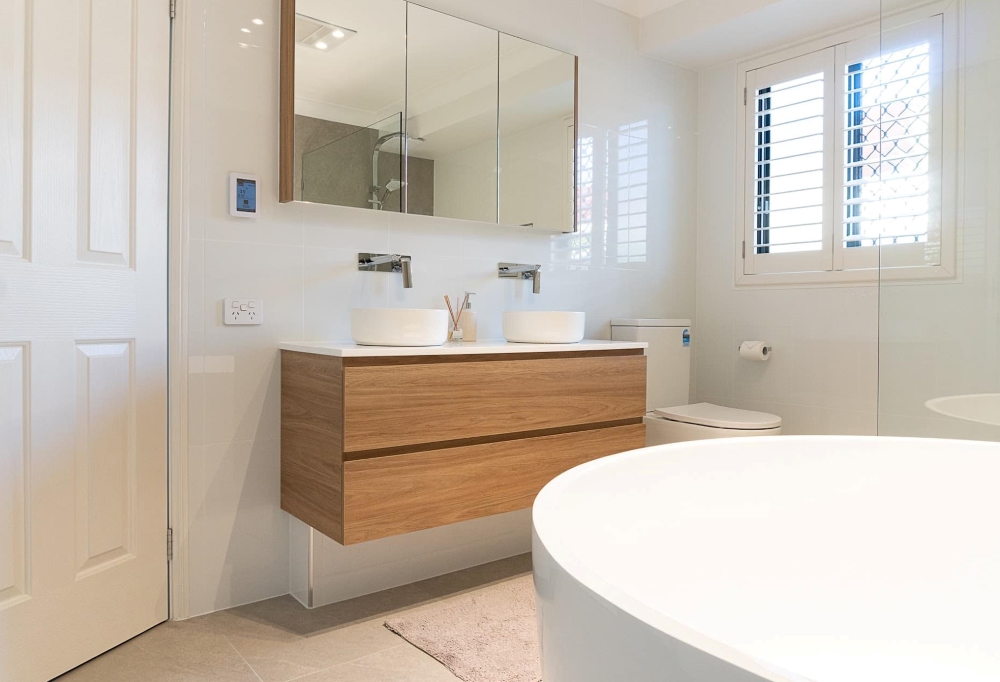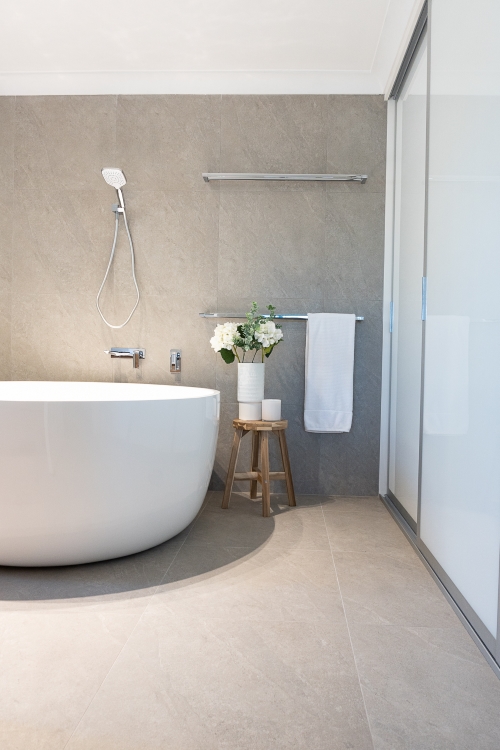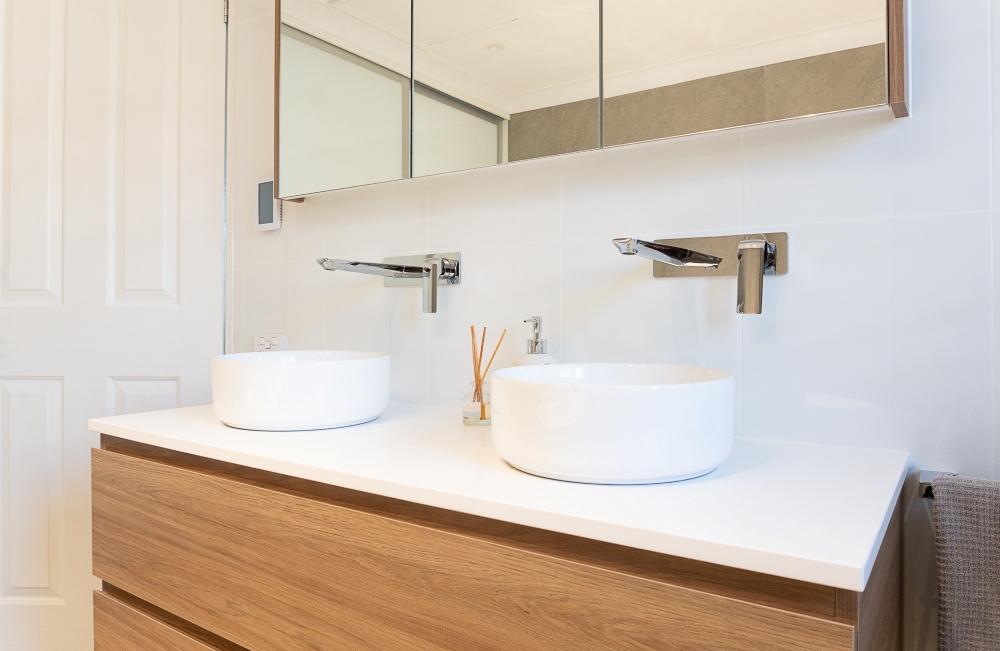It is only necessary once you realise what you are missing out on or when it starts to get cold.
My wife and I recently took the plunge with our reputable underfloor heating supplier as part of our main bathroom renovation. To top things off, we elected to perform a DIY installation (aside from raw electrical components), which ultimately proved to be a rewarding, money-saving outcome.
In this blog, I discuss the hands-on process, questions and decisions made along the journey. To summarise, it’s worth every penny; ask my wife! Once you have it, you will wonder how you would have lived without it. It is one of those things that you don’t realise you need until you have it!
Why We Felt Confident to Attempt This
Like many things, on the surface, it can look complicated, and I can understand why this would deter DIY-ers. The permanency and perceived intricacy of the job hint at a low window for error which is partly true.
But as we also know, perception vs reality are often two very different things.
In a nutshell, it wasn’t that difficult to install. The beautiful thing is that the system that we sell includes a mathematical equation (stick with me) that you run, which I can confirm is foolproof. Written instructions and pictures include steps on how to install, plus access to the supplier Livella for further support, which is beyond helpful.
Why We Chose an Electric System
There are many different heating systems on the market. As discussed in this blog post, when it comes to underfloor heating, you have two main options:
- Electric
- Hydronic
The latter in Australia for most homeowners isn’t a consideration as it requires pumps and a hot water boiler, which takes a lot of energy to heat the flooring and get it to the right temperature. But once it is heated, it requires little power to keep going. For these reasons, Hydronic systems are typically turned on at the start of the cool season and turned off at the end. Hydronic underfloor heating makes little sense for what can be weekly or even daily climate fluctuations in Australia.
In contrast, Electric underfloor systems like the one we use are designed for more short bursts as needed throughout the day. It takes less time to heat your floor, and when the heat is transferred into something such as a ceramic tile, the heat is retained for some time long after you switch the heating off at the power.
In regards to electric underfloor systems, our product range has two distinct options:
- On-slab underfloor heating systems – This is what we used, which is more of a retrofit and can be used once the concrete slab is poured. Making this system perfect for renovations like ours.
- In-slab underfloor heating systems – As you may have guessed, this underfloor heating system has to be installed as a new home is being constructed, and the slab is being poured. It is intertwined with the concrete reinforcement wire.
Expert Insight: A bonus of in-slab is that you can turn it on for only four hours a day, and the ambient heat through the concrete heats the house for the remaining twenty hours of the day, making it very energy efficient. Concrete retains heat very well, keeping your floor warmer for longer. This makes perfect sense, particularly for southern states of Australia if you have the opportunity to have it built into your home.
Our Bathroom & System
The on-slab system we picked for our bathroom renovation was perfect for DIY and functionality. It can be adapted for any house or room of any size, and multiple zones can be set up in the system and it is very common amongst users to do this.
Each zone has its programmable thermostat, which you can set to the room occupier’s choice. Each zone can be automatically configured to come on and turn off at the times you require.
Typically in our house, we set the system to turn on for a couple of hours in the morning and a couple of hours at night in line with our bathroom usage schedules. It must be noted that our daughter does not use her bathroom now, because we do not have a Livella system installed there.
Installation
Our bathroom underfloor heating is run off a single-wire system (we even included the shower) comprising a single insulated wire installed using the mathematical formula based on your floor area. There are different kits for different floor areas, up to 27 square meters for a single cable kit, with the ability to extend this by using extra cable kits and still controlled by a single Thermostat.
Note that a qualified electrician must do the electrical connecting to adhere to supplier and safety guidelines.
Adhering to the instructions, this is how our process went:
- Work out where your control system and heating wires will come from in the wall. Your electrician will help you with this decision and process.
- No additional floor preparation is required for the system. In our case, we began work after the tiler had bedded our floor and it was hard enough to walk on.
- Using a red crayon and adhesive tape (supplied in the kit), follow the formula for mapping and sticking the wire onto the floor. The formula will tell you how far apart you need to space the wire. Our spacing was roughly 106mm apart from memory, but yours may be different relative to your space calculations.
- Before sticking, I drew a grid on the floor to run the cable over.
- The wire is run around the floor as mapped out and stuck down with adhesive tape.
- For the benefit of the doubt, I am adding a step here: email images of your job to the supplier to ensure you did get the job done right.
- Your nominated floor tiler will now take over the job. The wire is thin enough to be completely embedded in the tile adhesive, meaning that there is no additional work for the tiler: just a little care.
If you use a different type of floor covering, You will need to install a concrete screed of at least 3mm in depth to bury the wire into the screed. You are then ready for carpet, timber and other floor coverings, being sure to check with the flooring manufacturer.
Expert Insight: A benefit to having a cable vs. a matted underfloor heating system is that the cable can be run in and around nooks and crannies easily, such as toilets, vanities, baths and shower screens. With a matted system, you cannot cut the mat because it contains power circuits. Our wire system provides superior flexibility and means no unwanted cold areas on your floor.
Trusting Myself as a First-time Installer
Pardon the pun, but underfloor heating is set in concrete, meaning there may be issues if it is not set up correctly the first time. Right up until the point where you turn the system on and feel your floor heating for the first time, there are those niggling doubts in the back of your head questioning your job execution. But the reality is; if you can follow clear and straightforward rules and guidelines, little can go wrong.
That being said, there are a few things to be mindful of:
- Avoid excessively bending or twisting the copper wire too much to the point of snapping.
- Avoid dropping heavy & sharp objects around the wire.
The wire is unbreakable once the concrete is set with the wire with tiles or flooring over the top, without first smashing the flooring on top.
Expert Insight: If you have solar in your home, you can set your underfloor heating times around this to ensure maximum energy savings. Also, the latest thermostats have Bluetooth technology which means you can control the system while away from home.
Does the Supplier Actively Endorse DIY?
The simple answer is yes, providing all electrical work is done by professionals. Livella has been very open and easy to contact regarding the process during installation.
Picking a Ceramic Tile for Underfloor Heating
Any ceramic tile will be fine for underfloor heating. These products were created using extreme temperatures and will not be negatively affected by the system and its output.
We used Stonalix Tiles from Online Flooring Store, and they work beautifully, being a nice dense porcelain tile that holds and retains the heat well. Any ceramic or porcelain tile will do this to affect and keep the heat.
So choose the tiles you love! Livella proudly states that their underfloor heating will work with any floor covering.
Is Underfloor Heating Necessary in a Place Like Queensland?
Places such as Victoria and Tasmania undoubtedly have colder climates to warrant the underfloor heating installation, but that’s not to say it wouldn’t get plenty of use in our home state of Queensland.
The idea of underfloor heating for us stemmed from a holiday in New Zealand where there was underfloor heating in our accommodation. It was notably nice to walk around in bare feet on ceramic tiles in a colder climate. It made an impression on my wife, who became a big fan of the idea for our home as part of our renovation goals. Queensland still does get quite cold, particularly at night and in the mornings, where underfloor heating can make a huge impact.
Power Consumption
We capitalised on a solar rebate many years ago, meaning we can get paid for the electricity that we feed into the grid. From that perspective, we haven’t seen any difference in our power bills so far, and we still receive a cheque for the power we contribute to the system. For people who don’t have solar, I suspect no huge increase in power because you only have to have it for a fraction of the time for it to be effective.
Was the Wife Happy?
My wife and Daughter (who now uses our ensuite) are very happy. The whole family loves the new space, especially the luxury of underfloor heating.
Insight From a Long-term Underfloor Heating Customer (Levi’s Mum)
28+ years ago, when we built our family home in Burnie, Tasmania, we elected to get in-slab underfloor heating for downstairs and parts of the house, including toilets, bathrooms and hallways. Back then, it was still a great option for areas with concrete flooring, particularly tiled areas that get very cold during the Tasmanian winter.
In nearly 30 years, there have been no malfunctions, and the system works perfectly. Being a system decades old, a drawback is it takes a few days to heat up, and it could be more convenient on power consumption compared to what is available on the market. Due to slow heating time, you are also more inclined to have it on for days/weeks at a time. If we were to estimate, it increases our power bills by 30% during winter, which is quite significant.
That being said, the comfort the system provides in a cooler climate is very much worth the extra power consumption. As far as heating goes, it is still a very effective way to warm the whole house compared to alternatives.
If we were to build again, we would include underfloor heating. However, Hydo underfloor heating may be more of a consideration in Tamania’s colder climates than most other Australian states; however, I would like the flexibility to be able to turn the system on and off during each day, so my mind an electric system would be more suitable.
New underfloor heating technology and options such as solar make it an intriguing option for effective heating and comfort for homeowners.


